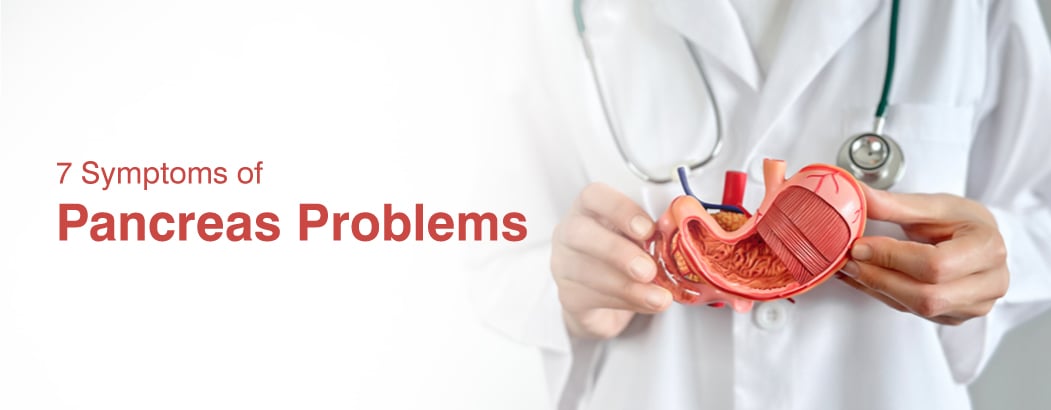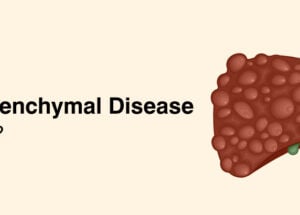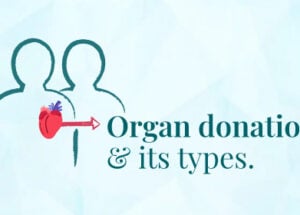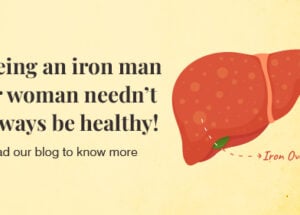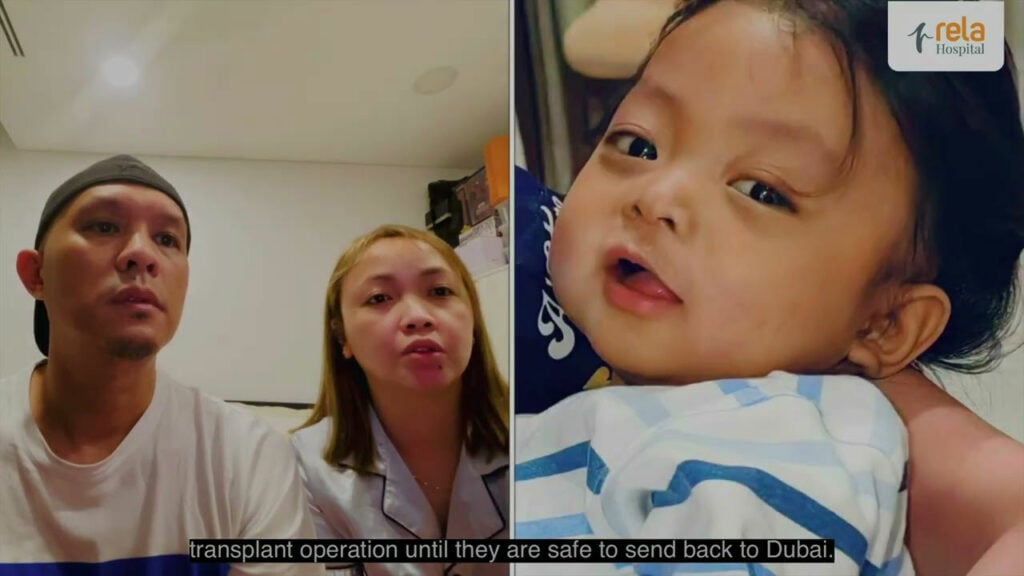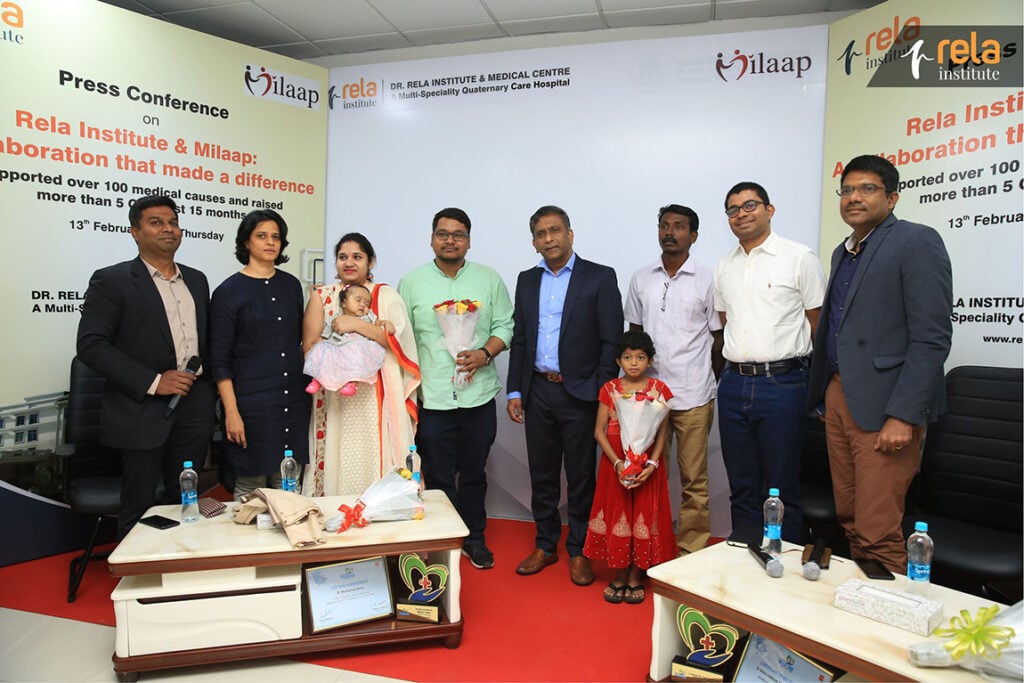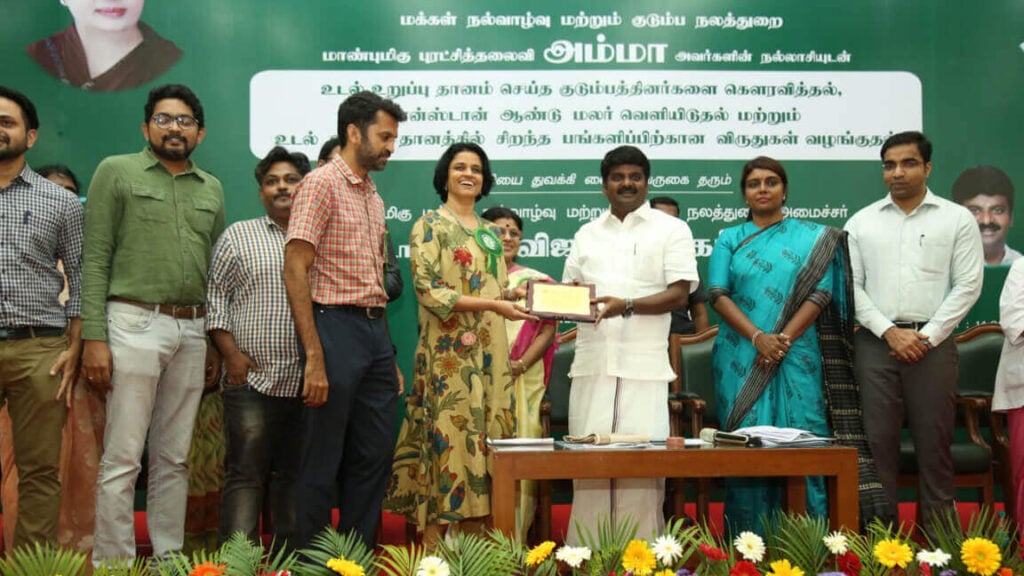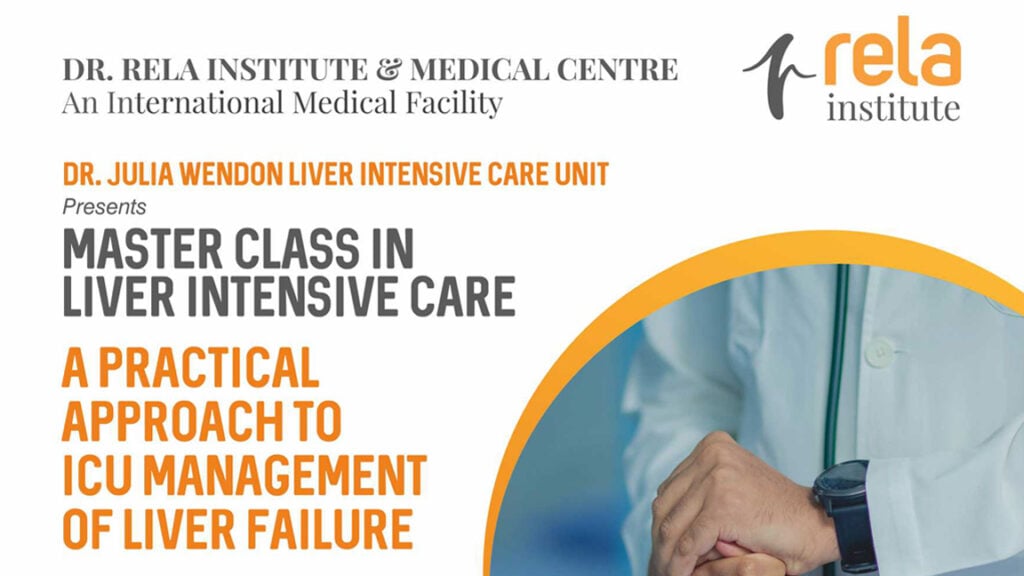Diseases Of The Pancreas
Acute Pancreatitis
Acute Pancreatitis is an inflammation of the pancreas of sudden onset that is short-lived and usually resolves over a period of time. It is most commonly caused by alcohol abuse or gallstones. It is characterized by sudden onset of severe upper abdominal and back pain and is diagnosed by elevated serum amylase and/or lipase levels. Most attacks are clinically mild, and resolve with supportive care over a period of 7-10 days, but in 20% of patients this disease can run a severe course that is prolonged and life threatening. Early detection of severe acute pancreatitis and referral to a centre equipped to handle these patients is vital. Severe pancreatitis is associated with areas of pancreatic cell death(necrosis). When pancreatic necrosis becomes infected patients are likely to require radiological or surgical drainage of infected collections. Surgical drainage, when necessary is often performed laparoscopically nowadays.
Chronic Pancreatitis
Chronic pancreatitis is a progressive illness that causes scarring, calcification and atrophy of the pancreas over many years. It commonly causes repeated attacks of severe upper abdominal pain, along with progressive loss of pancreatic function. The latter may result in diabetes mellitus and less commonly in diarrhoea and weight loss. Patients with this disease are at an increased risk of pancreatic cancer. The most common cause for this disease is alcohol abuse, but it can occur as a consequence of severe acute pancreatitis or as sequelae of major abdominal trauma. The exact cause is undetermined and may be genetic in the majority of patients. Treatment is aimed at preventing and controlling abdominal pain. It involves a combination of radiological, endoscopic and surgical procedures that need to be individualized depending on the patient’s symptoms and the specific changes induced by the disease on the anatomy of the patient’s pancreas. Surgical intervention usually involves duodenum- preserving resection of the head of the pancreas with drainage of the pancreatic duct (Frey’s Procedure)
Pancreatic Carcinoma
The symptoms of pancreatic cancer depend on which part of the pancreas the tumour arises from. Tumours in the head of pancreas produce symptoms relatively early by compressing the adjacent bile duct or duodenum causing jaundice and vomiting/bleeding respectively. Tumours arising from the body or tail of the pancreas usually do not produce symptoms until the tumour has grown to a very large size although the patient may experience non-specific symptoms like tiredness or loss of appetite and weight. Diagnosis of this disease is usually by CT scan, MRI scan or, in difficult cases by Endoscopic Ultrasound. Unfortunately, many patients with pancreatic cancer, whether from the head, body or tail of the pancreas, have advanced disease at the time of diagnosis. Surgical resection of the tumour by pancreaticoduodenectomy or distal pancreatectomy depending on the location of the tumour provides the best chance for cure, even when this requires resection of the portal vein which runs through the pancreas. Pancreaticoduodenectomy is a major operation that needs to be performed by an experienced team of doctors to get good results. Distal pancreatectomy is often possible laparoscopically. Patients benefit from chemotherapy after operation.
When disease is very advanced at diagnosis, surgery may not be possible, in which case the cancer will need treatment using chemotherapy and biological agents. In borderline cases, such treatment may permit surgery at a later date.
Liver and Pancreatic Surgery
Before Surgery
The probable diagnosis and the appropriate treatment plan will be discussed in detail with the patient during outpatient clinic consultation. The patient is usually seen by the anaesthetist at least once prior to admission to assess his/her fitness to undergo the procedure. Liver and pancreatic surgeries are major operations and it is important that any additional risk factors such as heart disease, lung problems are identified beforehand. The patient may need additional investigations of the heart and lungs and treatment prescribed by the specialists. This helps in optimizing the health condition before surgery.
Day of Surgery
You will be admitted the evening prior to planned surgery when you will be reviewed one final time by the anaesthetist and surgeon. They will go through the details of the operation with you and obtain legal consent from you and your family to proceed with surgery.
After Surgery
Once the surgery is completed, you will be in the ICU for 1-2 days although this may be longer depending on the nature of operation. You will be shifted back to the ward after this, and will remain there till discharge.
During the recovery period you will be on intravenous fluids for about 3 days although you will be given fluids orally from the evening of surgery. Intravenous fluids are discontinued once you are able to drink enough without nausea or abdominal discomfort. It normally takes 3-4 days for the bowel to recover after abdominal surgery, so you may feel some distension early on that is relieved once you pass flatus or stools.
You will have a plastic tube placed in the abdomen at the end of the operation to drain excess fluid from within the abdomen. This is initially blood stained but rapidly clears to being straw-coloured. The drain is normally removed 3-5 days after surgery but may need to be left for longer on occasion. A urinary catheter will drain urine but is usually removed about 3 days after surgery. You will be asked to wear white stockings to prevent blood clots from forming in your legs. Total hospital stay is usually 5-7 days after liver surgery and 10-12 days after major pancreatic surgery.
Pain control after surgery
Pain is well controlled in the postoperative period initially with epidural anaesthesia, which numbs the region of the wound. This is very effective and can be administered for 3-5 days after surgery to deal with the period when wound pain would be at its worst. After 3-5 days the pain is less, and is well controlled with tablets of Paracetamol and mild morphine derivatives.
How to speed up your recovery
The nurses and physiotherapists will work with you in the ICU and ward to ensure you cough up any mucus from the lung to prevent postoperative lung infection. They will also get you out of bed and sitting in a chair or walking to prevent blood clots in your legs and to help your bowel function to recover faster. It is advisable that you cooperate with the as the more actively you mobilise, the more quickly you will feel better and be ready to go home! If your mobility is affected due to pain at the surgical site, do not hesitate to inform the doctors or nurses, as you may need more painkillers to be comfortable.
What are the risks of surgery?
Liver and pancreatic surgery is now quite safe, particularly in specialized centres. The risk of mortality is below 2-3%. Complications do occur occasionally but can usually be effectively dealt with without lasting effect. Complications specific to liver surgery include bleeding, bile leakage and postoperative liver dysfunction. Complications specific to pancreatic surgery include bleeding, anastomotic leakage and delayed recovery of gastric function. Late complications include diabetes and weight loss that may be corrected with medication.


